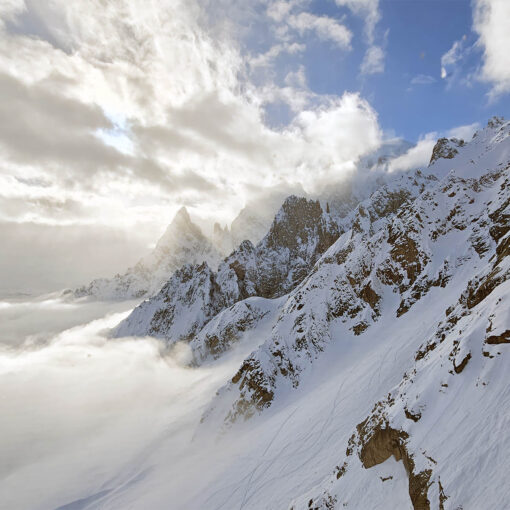Pascal and several team members have just had published their paper, A physically based 3-D model of ice cliff evolution over debris-covered glaciers, in the Journal of Geophysical Research: Earth Surface. They used a new data set of high-resolution observations of cliff evolution over one ablation season to identify patterns of changes over four cliffs on the debris-covered tongue of Lirung Glacier (Nepalese Himalaya). The four cliffs have different shape, dominant orientation and slopes, and different degree and history of coupling to a supraglacial pond. The observations show that cliffs on the same glacier and at short distance from each other can both flatten and recline, remain self-similar, or expand radially. Based on the observations a model accounting for the three main processes controlling cliff evolution was developed: atmospheric melt, pond contact ablation enhancement for the cliff base, and reburial by surrounding debris. This modeling approach is able to simulate the cliff evolution over one melt season in a satisfying way in terms of horizontal and vertical extent as well as mean slope and aspect. Modelled volume losses could be validated and were in agreement with TIN-based observations (Brun et al. 2016, Journal of Glaciology).

The model is able to capture the main cliff dynamics and geometric transformation. Importantly, the model application has clearly shown that for very high resolution studies, neglecting a dynamic update of the cliff geometry would lead to erroneous results in terms of backwasting patterns and volumes.



